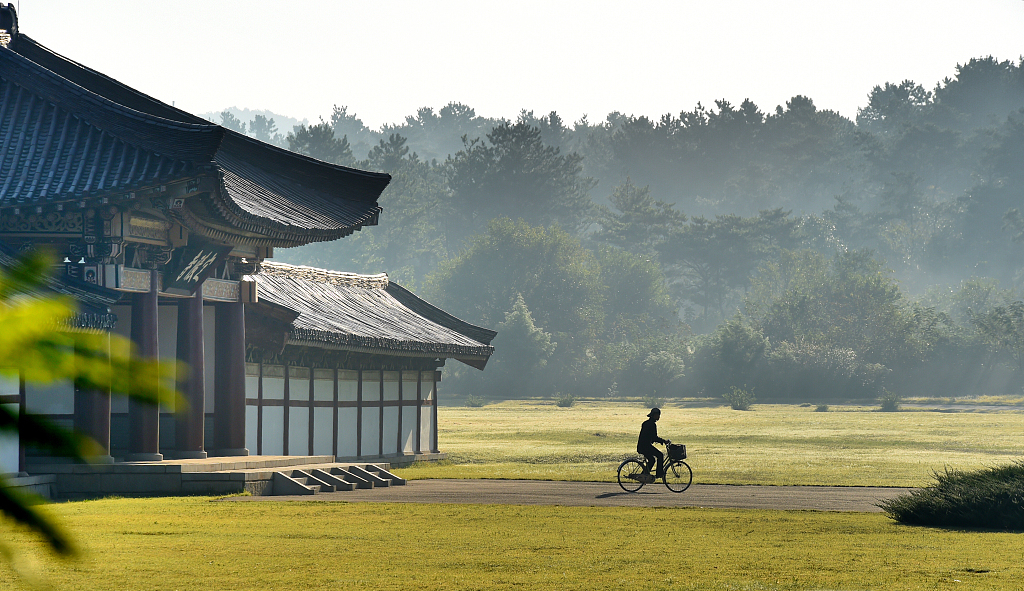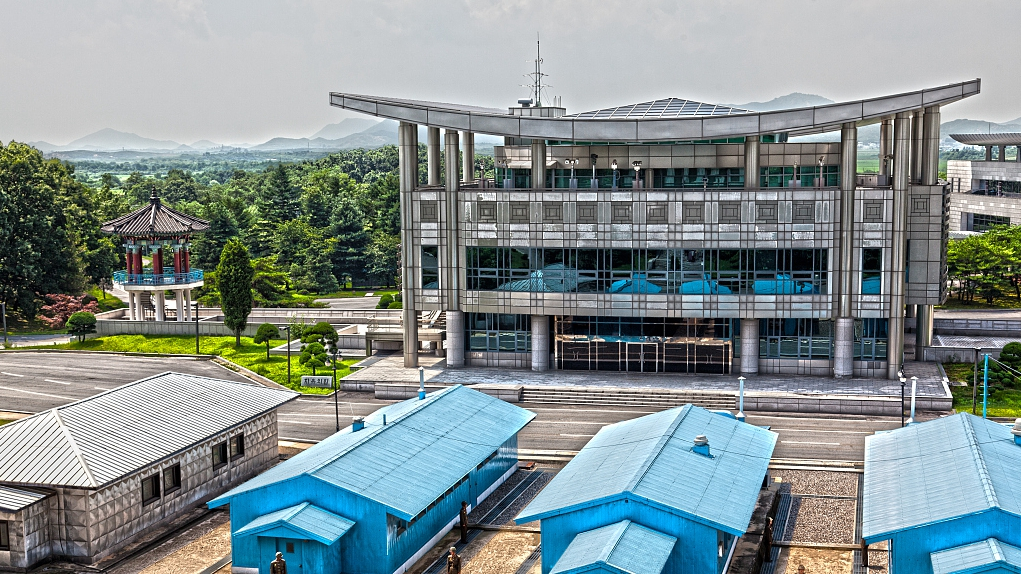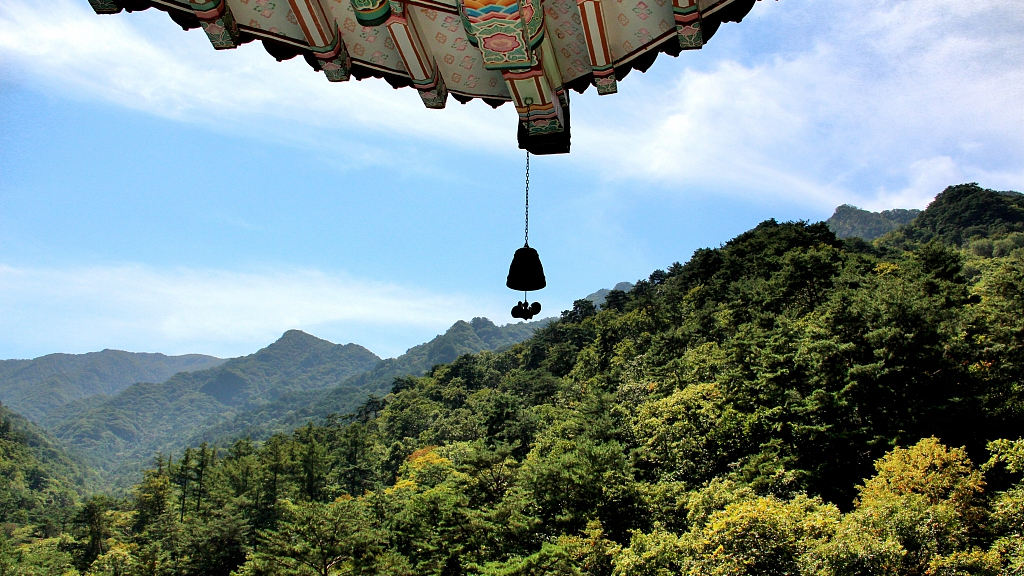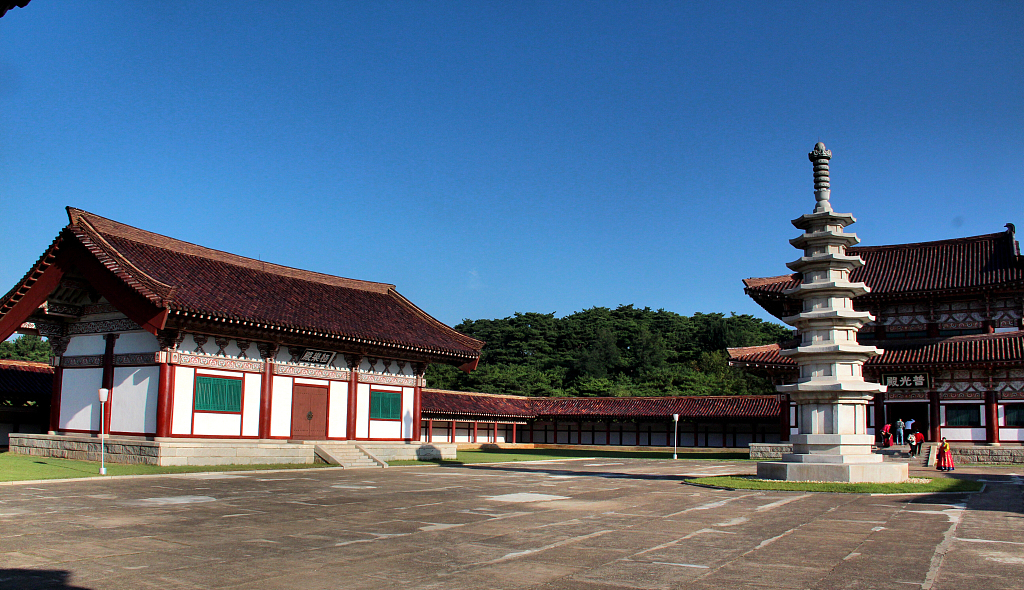

Chongrung Temple in Pyongyang, DPRK. /VCG Photo
The straight line between Pyongyang, the capital of the Democratic People's Republic of Korea (DPRK), and Beijing is about 800 kilometers away. Despite more and more Chinese tourists choosing the DPRK as a destination, the country still has a mysterious veil. Historical sites and beautiful scenery make tourism to DPRK an enticing prospect.
Kaesong Historic Area

Kaesong Historic Area in DPRK. /VCG Photo
In June 2013, the Kaesong Historic Area successfully became the DPRK's second UNESCO heritage site. It houses many historical relics, including classical poetry, literature, architecture and cultural treasures.
The Koryo Museum is located in Kaicheng City. It was once the top school in the ancient Koryo Dynasty. A 1,000-year-old ginkgo tree is a precious living fossil and witness to the city’s historical changes. More than 1,000 relics are displayed in the museum.
Panmunjom

Panmunjom in the DPRK. /VCG Photo
Panmunjom is famous as the site of the signing of the Korean Armistice Agreement in 1953. Now, it also symbolizes people's hope for peace.
Mount Myohyang

A view of Mount Myohyang in the DPRK. /VCG Photo
Located in the northwest of the DPRK, Mt. Myohyang, one of the country's four famous mountains, is best known for its beautiful natural landscape, precipitous hills and old arborvitaes.
Tomb of King Tongmyong

The tomb of King Tongmyong in the DPRK. /VCG Photo
The Tomb of King Tongmyong is a mausoleum located near Pyongyang. One of the tombs is the royal tomb of Tongmyong (58–19 BC), the founder of the ancient Koryo Kingdom. It is a precious cultural heritage of the DPRK.
Now the DPRK offers not only group tours but more transport options. Tourists can take direct flights to Pyongyang from Beijing, Shenyang, Shanghai and Vladivostok, and train services to Pyongyang from Beijing, Dandong and Moscow.

Copyright © 2018 CGTN. Beijing ICP prepared NO.16065310-3
Copyright © 2018 CGTN. Beijing ICP prepared NO.16065310-3